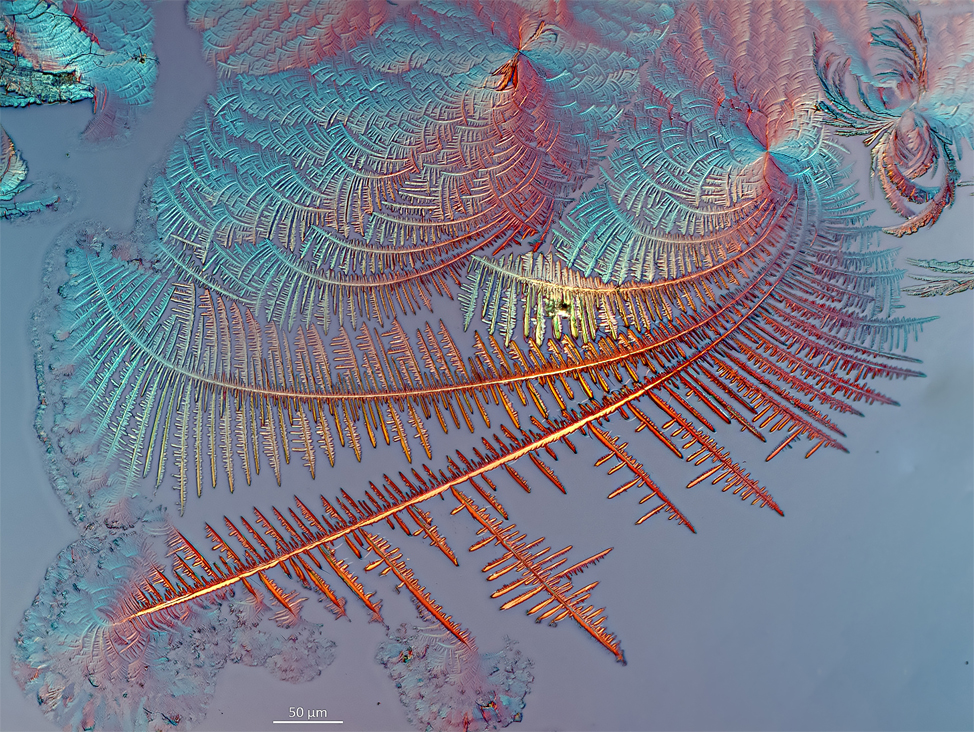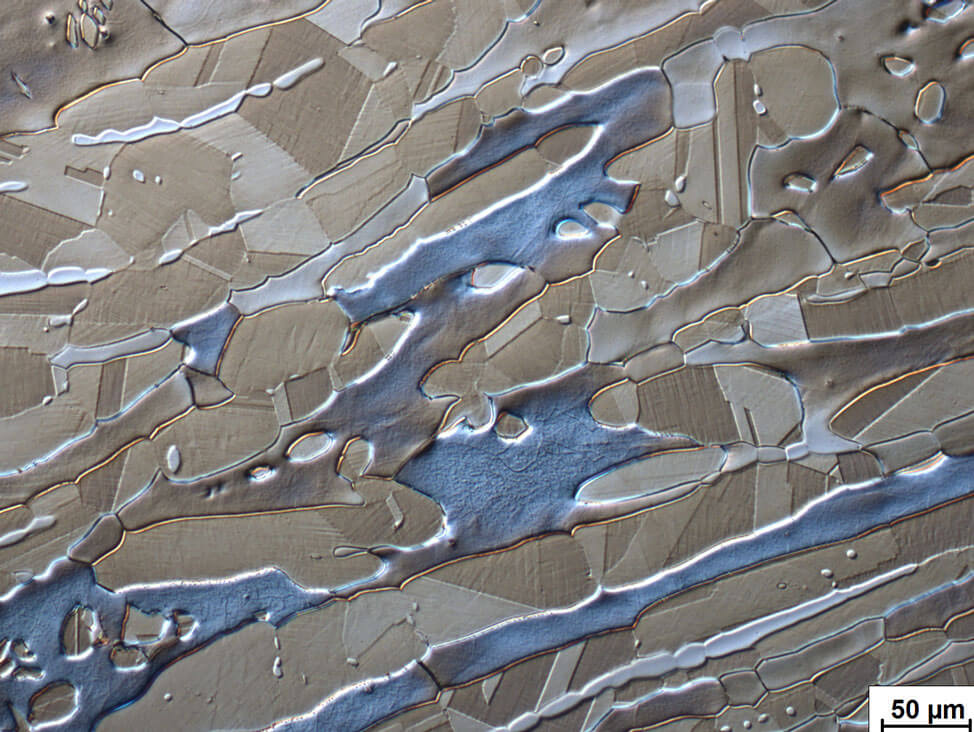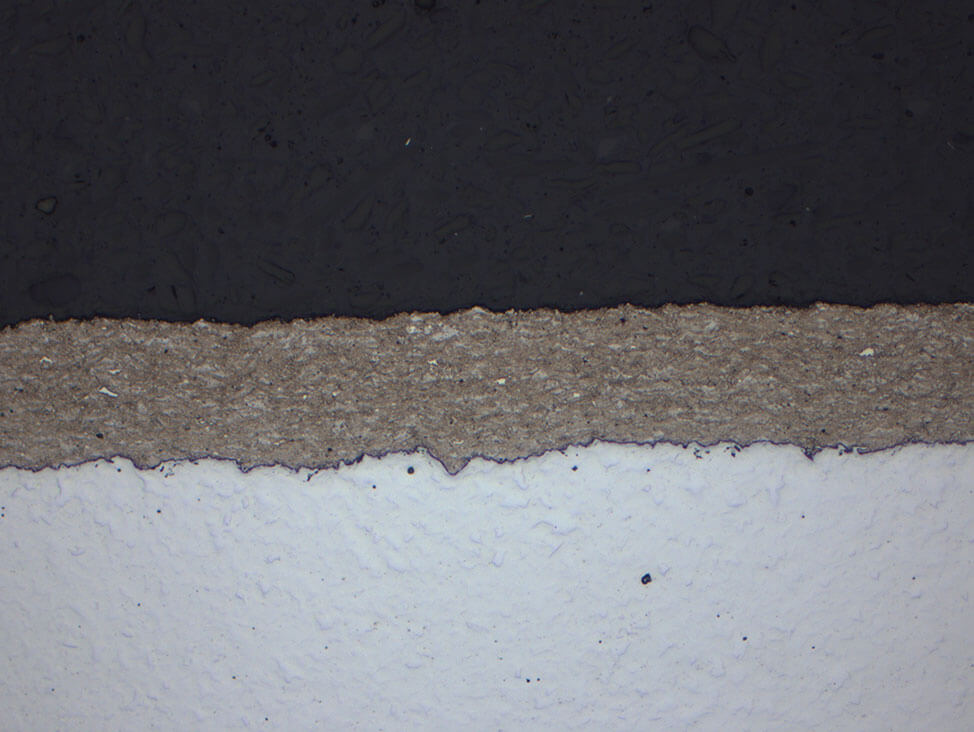‘Can you prepare this for me real quick?’
Electrolytic preparation offers a range of benefits compared to mechanical preparation, not least a shortened preparation time and virtually deformation-free material removal, especially in soft and tough materials. But it has drawbacks, too. So, when is electrolytic preparation most effective?
In this article, the results of a Round Robin Test, done by working group “Sample Preparation” of German Materials Society, involving 10 different labs to assess the drawbacks and benefits of electrolytic preparation, giving detailed recommendations for certain materials in comparison to mechanical preparation. It’s a must-read for labs that are considering electrolytic preparation as a way to meet fast turnaround times.























